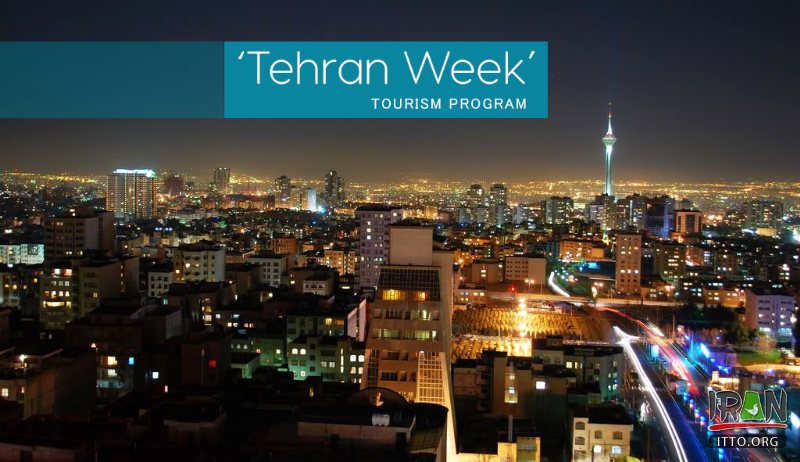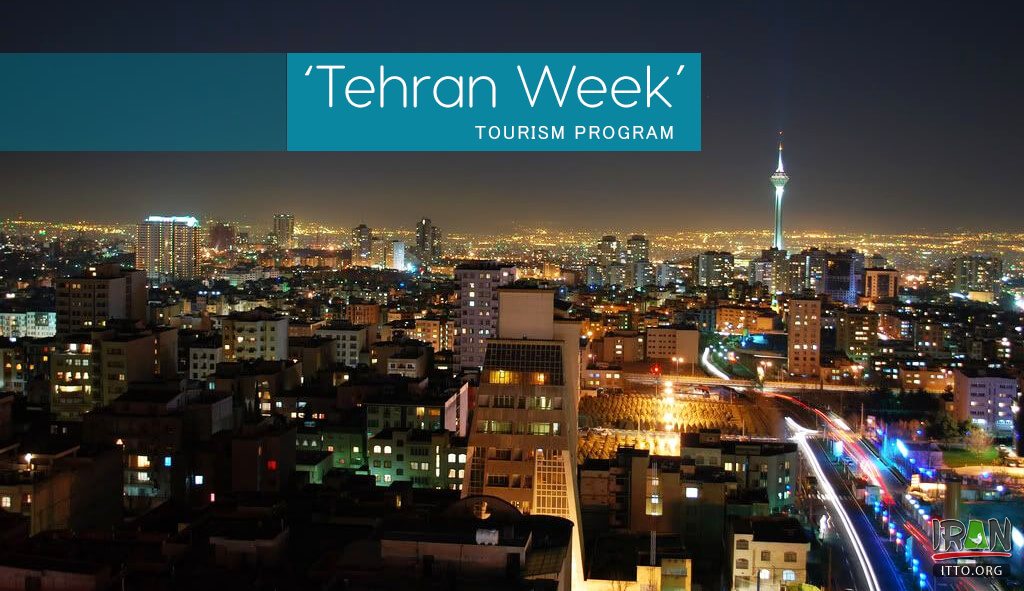Tehran Municipality has announced its various tourism programs to mark Tehran Week, which comes to end on October 10. The municipality is scheduled to hold some cultural programs [and tours] to commemorate the Tehran Week and in order to offer a fresh look to the identity of the metropolis, Gholamhossein Mohammadi, an official with the municipality said on Friday.
In this regard, days of the week are named as Friday, October 4, “Surfing in Tehran”; Saturday, “Religious Rituals from Rey to Shemiran”; Sunday, "The Day of Tehran”; Monday, "Tehran’s Nature and History”; Tuesday, “Walking Trails and Pathways”; Wednesday, “Art and Architecture and Urban Development”; and Thursday, October 10, “The Greater Tehran, The Greater Iran”, the official explained.
Mohammadi added that amongst the most significant programs devised by the municipality are: a [religious] tour from Rey to Shemiran; a family mountain trekking; inauguration of a tourism train in the heart of Tehran; free visits to Tehran museums; visiting Tehran carpets at the Carpet Museum of Iran; various tours to historical core of Tehran; an storytelling festival, a photo contest, as well as some photo and painting exhibits.
Tehran is home to a rich, matchless patchwork of Iranian history and architecture such as Golestan Palace, Grand Bazaar, Treasury of National Jewels, National Museum of Iran, Glass & Ceramic Museum, Masoudieh Palace, Sarkis Cathedral, Tehran Museum of Contemporary Art, Carpet Museum of Iran, just to name a few.
Home to the holy shrines of Imam Khomeini and Shah Abdol Azim, Rey welcomes many travelers and pilgrims a day. Fire Temple of Rey, Tughrul Tower, Cheshmeh-Ali, Naghareh-Khaneh Tower, Rashkan Castle and traditional bazaar of Rey are among historical attractions of the ancient city.
Rey was one of the capital cities of the Parthian empire (3rd century BC–3rd century CE) and it was captured by the Muslim Arabs in 641 CE. During the reign of the Muslim caliph al-Mahdi in the 8th century, the city grew in importance until it was rivaled in western Asia only by Damascus and Baghdad.
Rey continued to be an important city and was briefly a capital under the rule of the Seljuqs, but in the 12th century it was weakened by the fierce quarrels of rival religious sects. In 1220 the city was almost entirely destroyed by the Mongols, and its inhabitants were massacred. Most of the survivors of the massacre moved to nearby Tehran, and the deserted remnants of Rey soon fell into complete ruin.



